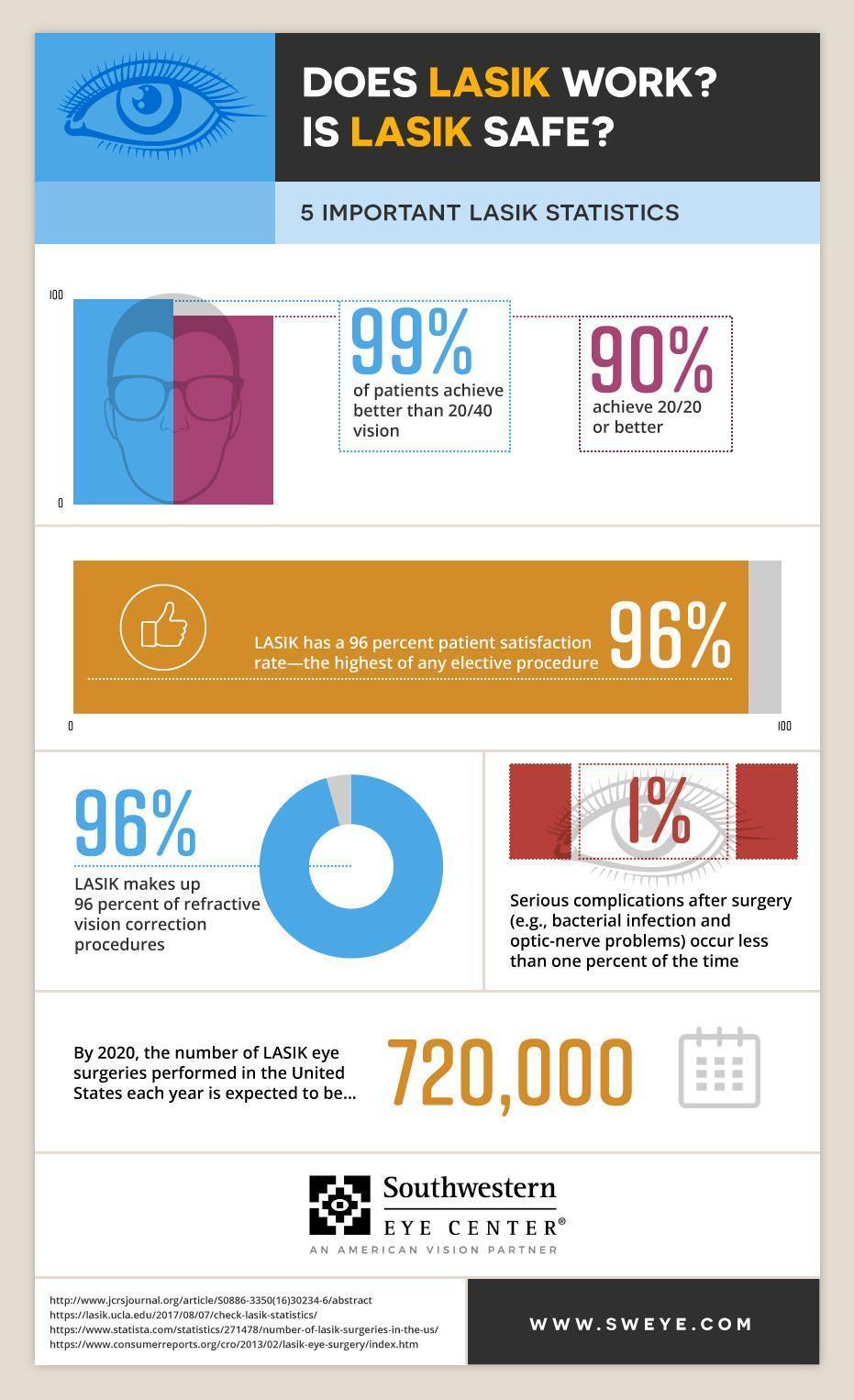Explore An Appealing Trip Tracing The Development Of Cataract Surgical Treatment Techniques That Are Changing The Overview Of Eye Healthcare
Explore An Appealing Trip Tracing The Development Of Cataract Surgical Treatment Techniques That Are Changing The Overview Of Eye Healthcare
Blog Article
Short Article Produced By-Mcfadden Maynard
As you discover the advancement of sophisticated cataract surgical treatment methods, you'll witness a trip marked by resourcefulness and precision. From ancient approaches that paved the way for contemporary technologies to sophisticated modern technologies that are changing the field, the thorough summary of cataract surgical procedure techniques is a testament to human progression and dedication to enhancing person end results. The detailed interaction in between historic methods and futuristic advancements creates an appealing narrative that clarifies the advancement of one of the most typical surgical procedures worldwide.
Historic Strategies and Innovations
Explore just how early surgeons changed cataract treatment by utilizing ingenious strategies and tools. In the past, cataract surgical treatment was a dangerous and unpleasant treatment. Nonetheless, ancient Indian physicians were among the first to attempt surgical interventions for cataracts, utilizing a method called 'couching' where a sharp instrument was used to press the cataract back right into the eye. This technique, though crude by today's requirements, laid the groundwork for future improvements in cataract surgical procedure.
As time proceeded, Arab doctors made substantial contributions by developing specialized needles for cataract extraction. These needles were made use of to pierce the cataract and afterwards remove it from the eye, noting a significant improvement in medical accuracy.
Later, in the 18th century, the French surgeon Jacques Daviel spearheaded the strategy of extracapsular cataract removal, where the entire lens was eliminated intact via a bigger laceration. This marked a major advancement in cataract surgical treatment methods, leading the way for the modern-day procedures we use today.
Modern Surgical Approaches
Early techniques in cataract surgical procedure have developed considerably, bring about the development of modern-day surgical approaches that prioritize precision and improved person end results. Cost Of LASIK Eye involves a procedure called phacoemulsification, where an ultrasonic gadget separate the cataract for removal through a tiny laceration. This technique permits quicker recovery and minimizes the danger of issues contrasted to older techniques.
In addition, using innovative intraocular lenses (IOLs) has changed cataract surgical procedure end results. These lenses can correct not just the cataract however also various other refractive errors like astigmatism, minimizing the demand for glasses post-surgery.
Surgeons today also have access to innovative imaging technologies that aid in accurate preoperative planning and intraoperative decision-making. Optical coherence tomography (OCT) and other imaging modalities give comprehensive photos of the eye's frameworks, enabling a much more tailored strategy to each patient's surgery. With these advancements, modern cataract surgery strategies continue to boost, using individuals more secure procedures and much better aesthetic outcomes.
Emerging Technologies in Cataract Surgery
With advancements in technology revolutionizing the field, cataract surgical procedure is observing the combination of ingenious strategies for improved client outcomes. Arising innovations in cataract surgical procedure are improving the landscape of sensory procedures. One such innovation is femtosecond laser modern technology, which allows for exact corneal lacerations, capsulotomies, and lens fragmentation, causing enhanced medical precision and results.
Furthermore, intraoperative aberrometry is getting popularity, allowing real-time dimensions of refractive errors during surgical procedure to enhance intraocular lens power computations and reduce postoperative refractive shocks.
Moreover, the use of sophisticated imaging technologies like optical comprehensibility tomography (OCT) and intraoperative wavefront aberrometry help surgeons in accurate surgical planning and execution. These tools supply in-depth anatomical details and help personalize medical techniques for each client's distinct eye attributes.
Moreover, growths in artificial intelligence are being explored to help in preoperative preparation, intraoperative decision-making, and postoperative care, possibly maximizing medical outcomes and individual contentment. Accepting these emerging innovations in cataract surgery holds pledge for further improving client end results and ensuring the proceeded development of ocular surgical techniques.
Conclusion
As you journey through the history of cataract surgery, you witness the change from ancient practices to innovative technologies. Like cataract surgery 3d animation rising from the ashes, cataract surgical procedure has actually evolved right into a sign of hope and development.
Just as a caterpillar arises from its cocoon as a gorgeous butterfly, cataract surgical treatment has actually thrived into a polished art kind, offering patients clearer vision and a brighter future.
The development continues, radiating a light on endless opportunities.
